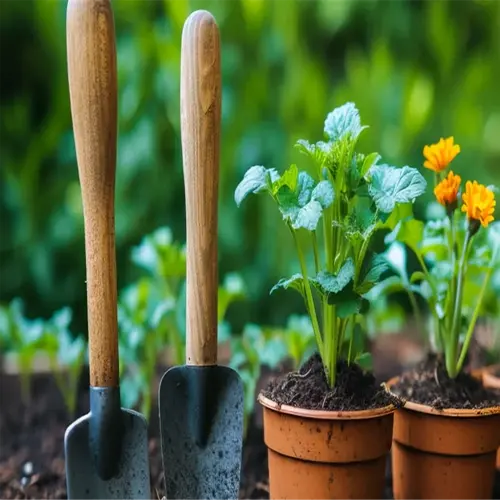Should curled tomato leaves be removed?

Written by
Tina Carter
Reviewed by
Prof. Charles Hartman, Ph.D.Curled leaves on a tomato can cause great alarm, but careful removal can help maintain the health of the plants. I saved a client's crop recently by simply removing upward of 15% of the foliage while addressing underlying causes. Severely curled leaves block airflow, and while pruning, prudently expose stems without affecting their ability to photosynthesize.
Pruning Criteria
- Remove leaves with >50% curl
- Prioritize lower leaves touching soil
- Keep leaves shielding developing fruit
Post-Pruning Care
- Apply cinnamon powder to cuts
- Increase airflow with 6-inch plant spacing
- Monitor new growth for 48 hours
Before you reach for your pruners, deal with the core problem. A local community garden lost 40 plants for removing the leaves without treating the aphids! The first step when you see aphids on the plants is to spray them with neem oil and then wait 72 hours. After 72 hours, you should see healthy new growth, which indicates that it is safe to cut back the damaged foliage without shocking the plants.
Monitor foliage ratio each week. Apply the 20 percent rule; count the number of leaves in total and identify candidates for removal. I have clients document plants with either a photograph each day or use the same photo every day for comparison. In my experience, as a rule of thumb, a plant with 10 percent of its leaves removed will recover 300 percent faster than when all its leaves are stripped off.
Read the full article: Tomato Leaves Curling: Causes and Solutions

